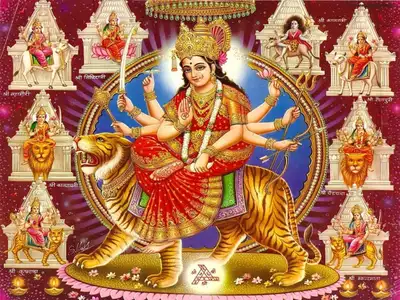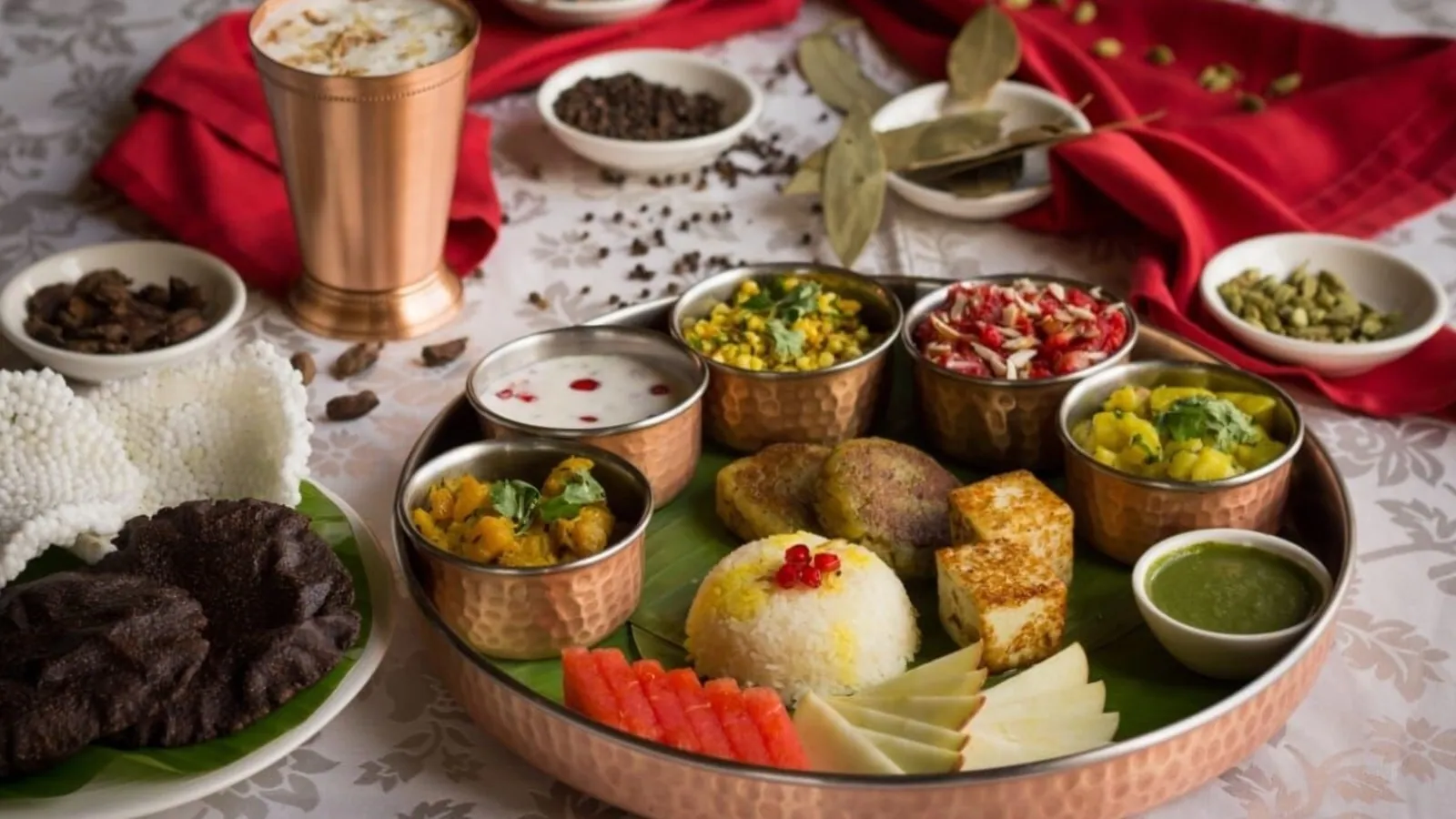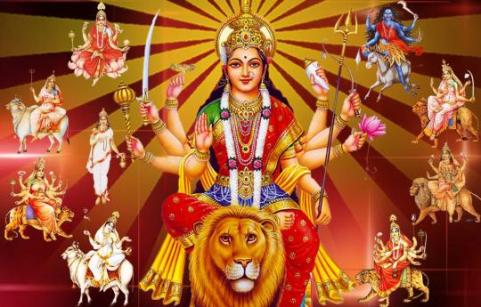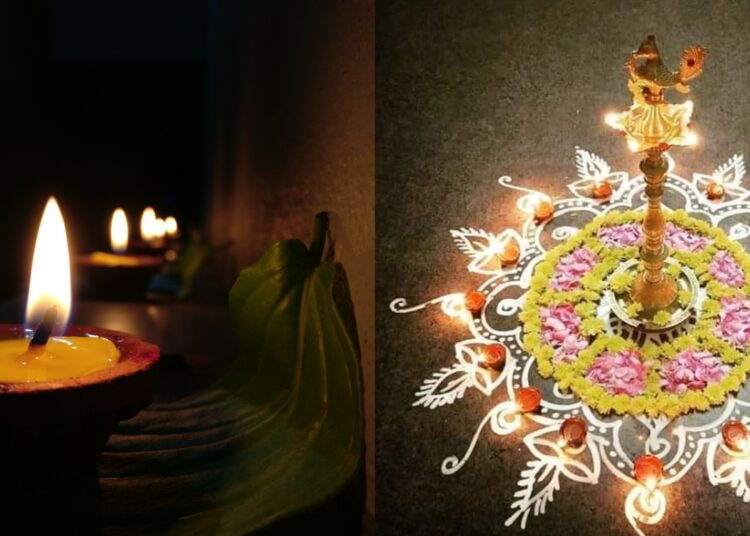Navaratri, a Hindu festival celebrated with fervor and devotion, holds a special place in the hearts of millions of people around the world. Derived from two Tamil words, “Nava” meaning nine and “Ratri” meaning night, Navaratri is a nine-night festival that honors the divine feminine energy, or Shakti, in its various forms. This festival is celebrated in different regions with diverse customs, traditions, and rituals, making it one of the most vibrant and culturally rich events.
This year, Navaratri commences on the 15th of October and extends until the 23rd of November and followed by Vijayadasami on the tenth day which falls on 24th October 2023.
Significance of Navaratri
Navaratri celebrates the victory of good over evil, knowledge over ignorance, and light over darkness. Each of the nine nights of this festival is dedicated to a different manifestation of the divine goddess, also known as Devi or Shakti. These manifestations include Durga, Lakshmi, and Saraswati, each representing different aspects of feminine energy.
1. Durga
During the first three nights of Navaratri, the focus is on Goddess Durga, who epitomizes strength and the ability to conquer evil. Devotees seek her divine blessings to overcome the hurdles and adversities in their lives.

In essence, this three nights of Navaratri are a time of profound reverence for Goddess Durga, a fierce symbol of strength, and the opportunity for devotees to draw from her empowering energy in their ongoing battles against life’s challenges. This period serves as a reminder that, with determination and divine blessings, one can conquer even the most formidable adversities.
2. Lakshmi
During the second phase of Navaratri, which spans three nights, devotees pay homage to Goddess Lakshmi, who is revered as the deity of wealth and prosperity. This phase of the festival is particularly significant for those who seek to enhance their financial well-being and achieve success in various aspect of life.

Goddess Lakshmi’s blessings are sought to usher in prosperity in all its dimensions, including financial stability, abundance, and good fortune. It’s a time when devotees come together in a spirit of devotion and gratitude, acknowledging the role of wealth and prosperity in leading a fulfilling life.
3. Saraswati
The final three nights are dedicated to Goddess Saraswati, the deity of knowledge and wisdom. During this phase, a profound sense of veneration envelops students and artists as they turn to the goddess to seek her divine blessings for achieving excellence in their respective domains.

Goddess Saraswati stands as the divine source of wisdom, creativity, and learning. These three nights signify a special opportunity for those dedicated to the pursuit of knowledge and artistic endeavors.
Students, from the young and aspiring to those in pursuit of advanced studies, look to her to guide them on the path of wisdom and academic success. Artists, too, embrace this time with open hearts, seeking Saraswati’s inspiration to enhance their creative abilities.
The rituals and traditions
1. Golu (Bommai Kolu)
Golu is a traditional South Indian custom that involves setting up an ornate display of dolls and figurines during the autumn festive season, primarily in celebration of the multi-day Hindu festival, Navaratri.

Each item featured in a Golu display, often referred to as a “Golu doll” or its equivalent, is meticulously crafted by rural artisans using materials such as clay and wood. These figurines are then adorned with vibrant paints to enhance their visual appeal. They are thoughtfully arranged in an uneven number of tiers or steps known as “padis” to narrate stories or depict various scenes.
2. Fast and Feasting
Numerous devout participants of Navaratri engage in fasting practices, refraining from the consumption of specific foods as a sign of their spiritual commitment. Nevertheless, this period is not marked by deprivation alone. It is during these fasts that unique culinary delights are meticulously crafted and enjoyed. The feasting serves as a time of shared joy, where the rich culinary traditions of the festival become a means of celebrating the triumph of good over evil and embracing life’s bountiful blessings.

Navaratri is not just a religious festival but a joyous cultural celebration that brings communities together. It’s a time for families and friends to bond, for artists and musicians to showcase their talents, and for people to immerse themselves in the festive spirit. The vibrant colors, the rhythmic beats of traditional music, and the zest of dance create an atmosphere of pure joy.
It is a festival that embodies the rich tapestry of Indian culture and spirituality. It is a time to reflect on the strength of the divine feminine energy, seek her blessings, and celebrate the victory of good over evil. With its diverse customs and traditions, Navaratri showcases the beauty of unity in diversity and spreads joy, light, and hope in the hearts of millions of people around the world.
Follow us on Instagram, Facebook or Telegram for more updates and breaking news.








